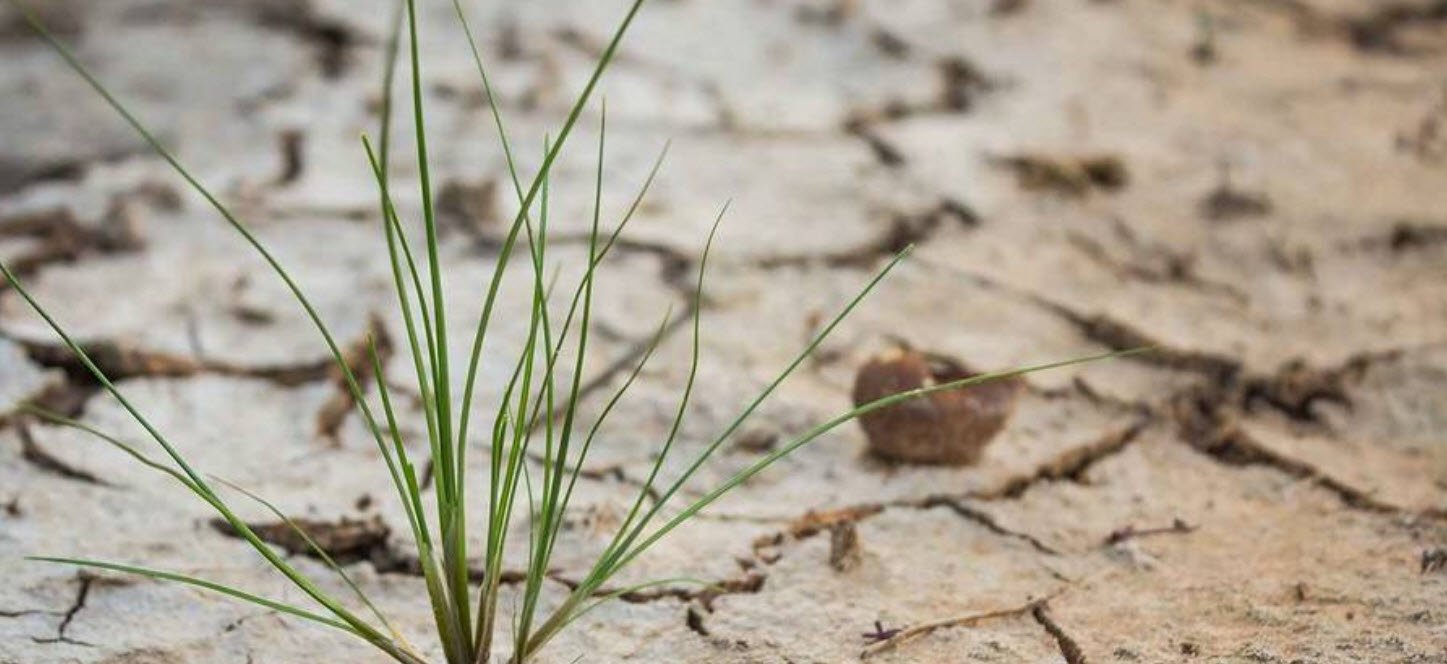
Being prepared with certain garden tools is important for properly starting and maintaining your balcony container garden. The tools you need can be found at your local gardening store and they’re inexpensive.
Here is the list:
1. Gardening Gloves
You don’t have to have gloves, but if you want to keep dirt from getting under your nails or have sensitivities to some plants, you can wear them for protection. Those who don’t want to touch earthworms, snails or caterpillars can find gloves to be useful as well. Gardening gloves are also good for maintaining plants with thorns.
2. Watering Can
Unless you want to get creative with a jug, you can purchase a watering can that you can easily transport in and out of your apartment. The great thing about them is that they pour through holes, which makes it resemble rain and prevents overwatering in certain parts.
If you choose to use a jug, cover the hole with your fingers, so that it won’t gush out. Also, avoid splashing the leaves with water because this can cause fungi to grow.
3. Trowel
These will help make digging in dirt easier. They work faster and they’re cleaner than using your own hands to loosen the dirt.
4. Pruners
Some people use scissors, but pruners are the best tool for cutting off dead foliage. The wet sap that comes out of the leaves will leave a residue that will cause your scissors to rust. Pruners will minimize the risk of your plants becoming infected after being cut, since they offer a clean cut. They can also be used for plants that have thick stems.
5. Organic Pesticide
If you’re interested in growing an organic garden, you’re going to need organic pesticide to keep hazardous pests away. A lot of people squirm at the thought of plucking or killing caterpillars and other larger insects that commonly infest gardens. Non-organic pesticides can also be used, but spraying this on edibles can be a problem because you’re going to have to consume the poison you sprayed onto them.
6. String and Sticks
This can be used for container plants that need a bit of help growing, such as tomatoes. Some plants need support as they grow and you can use these to do so.
7. Fertilizer
You can buy this in inorganic or organic form and in either a liquid or solid state. Make sure to get the right type of fertilizer for the type of plants that you’ll be growing. Some need higher concentrations of phosphorous or nitrogen than others, so make sure to research your plant thoroughly.
You may also like:- 9 Essential Steps For Successful Composting
- 5 Low-Maintenance Indoor Plants Perfect for Beginners
- Top Gardening Tools for the Climate-Friendly Gardener
- From Seed to Soil – How to Kickstart Your Garden
- Top 10 Plants You Can Grow Instead of a Fence
- Winter Sowing – Growing Resilient Plants From Seed in the Cold
- 12 Medicinal Plants You Can Grow At Home
- Effective Gardening Tips for Saline Soils
- Effective Strategies For Working With Shallow Soils
- Effective Strategies For Working With Acid Soils









This Post Has One Comment